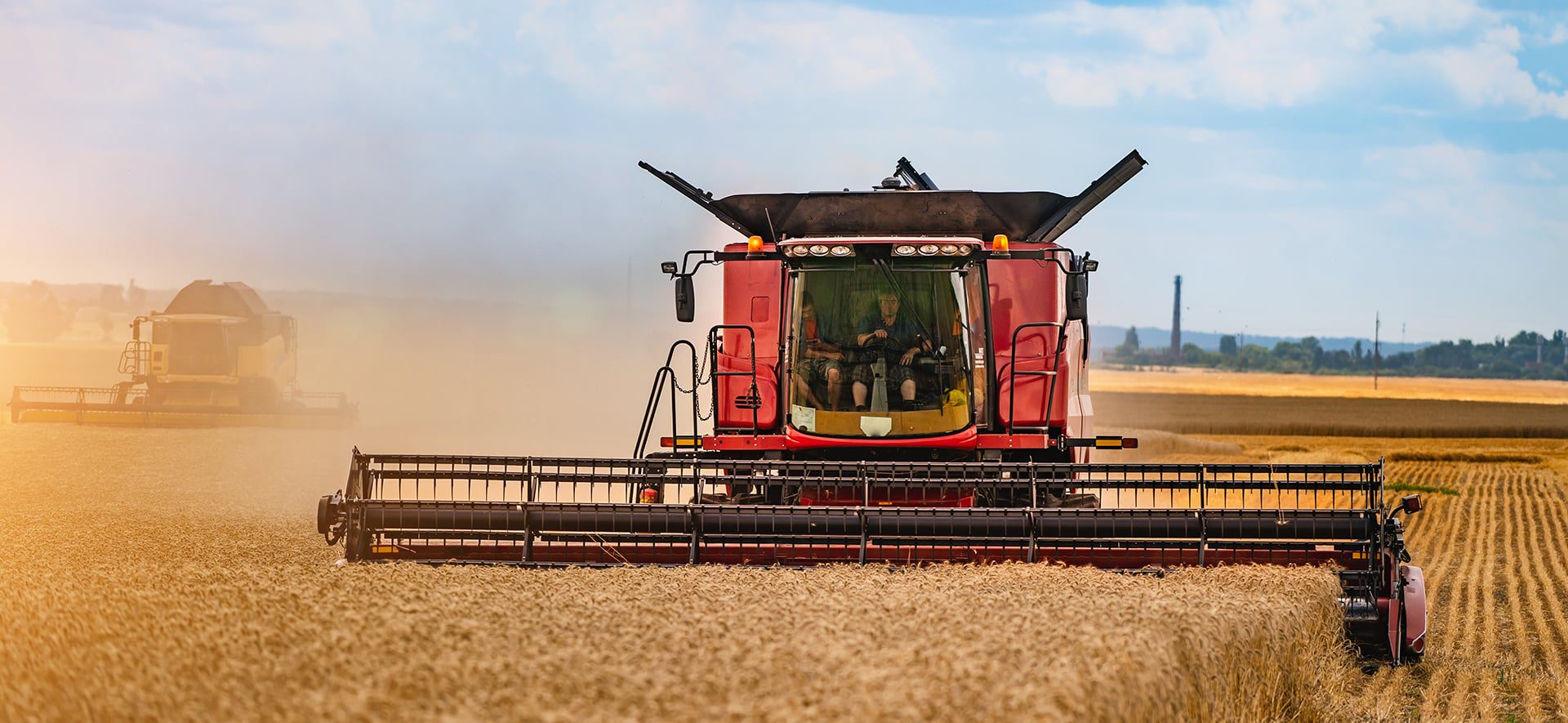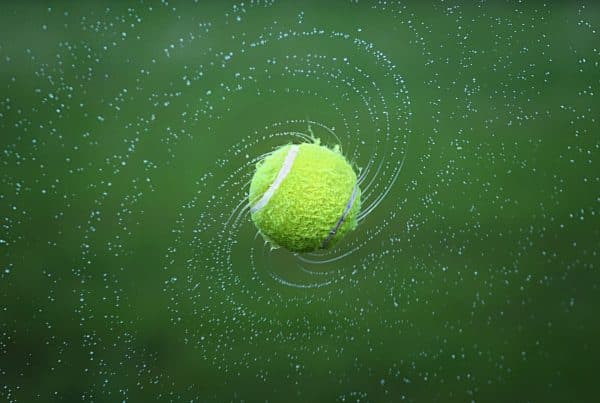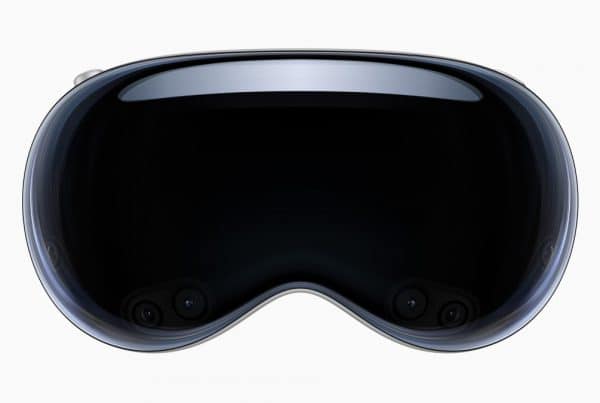IoT is transforming the way farmers collect data on their crops, livestock and machinery — and it’s enabling them to make more informed decisions about the future. This is having a significant impact on agricultural efficiencies and yields. It’s giving farmers more control and visibility of their business.
Security
Farmers have expensive equipment, livestock and crops they need to protect from damage and theft — and it can’t all be within eyesight at all times. IoT-enabled visual surveillance systems and sensors can keep farm owners informed of any suspicious activity with real-time alerts. And farmers can set criteria so they get alerts when something noteworthy happens — not every time a tractor engine starts.
Equipment
If a combine harvester has a major fault, that season’s yield is at risk. IoT sensors and telematics devices in this machinery can monitor and track its location. They can then send notifications to the farm owner if it leaves a predefined perimeter.
Livestock
IoT sensors can be used in a variety of ways. For example, to help keep livestock healthier and increase meat and dairy yields. Sensors can collect data to help improve nutrition levels and devices can monitor animals’ movements to increase the success of calving. IoT is helping farmers achieve better quality meat and dairy produce.
Crops
A heavy storm or prolonged drought can take its toll on a farm’s crop yield for years to come. IoT can help farmers make better decisions for future crops by collecting data on key factors such as extreme weather and soil conditions. It can inform their plans for crop rotation, irrigation and harvesting — and increase yields as a result.









